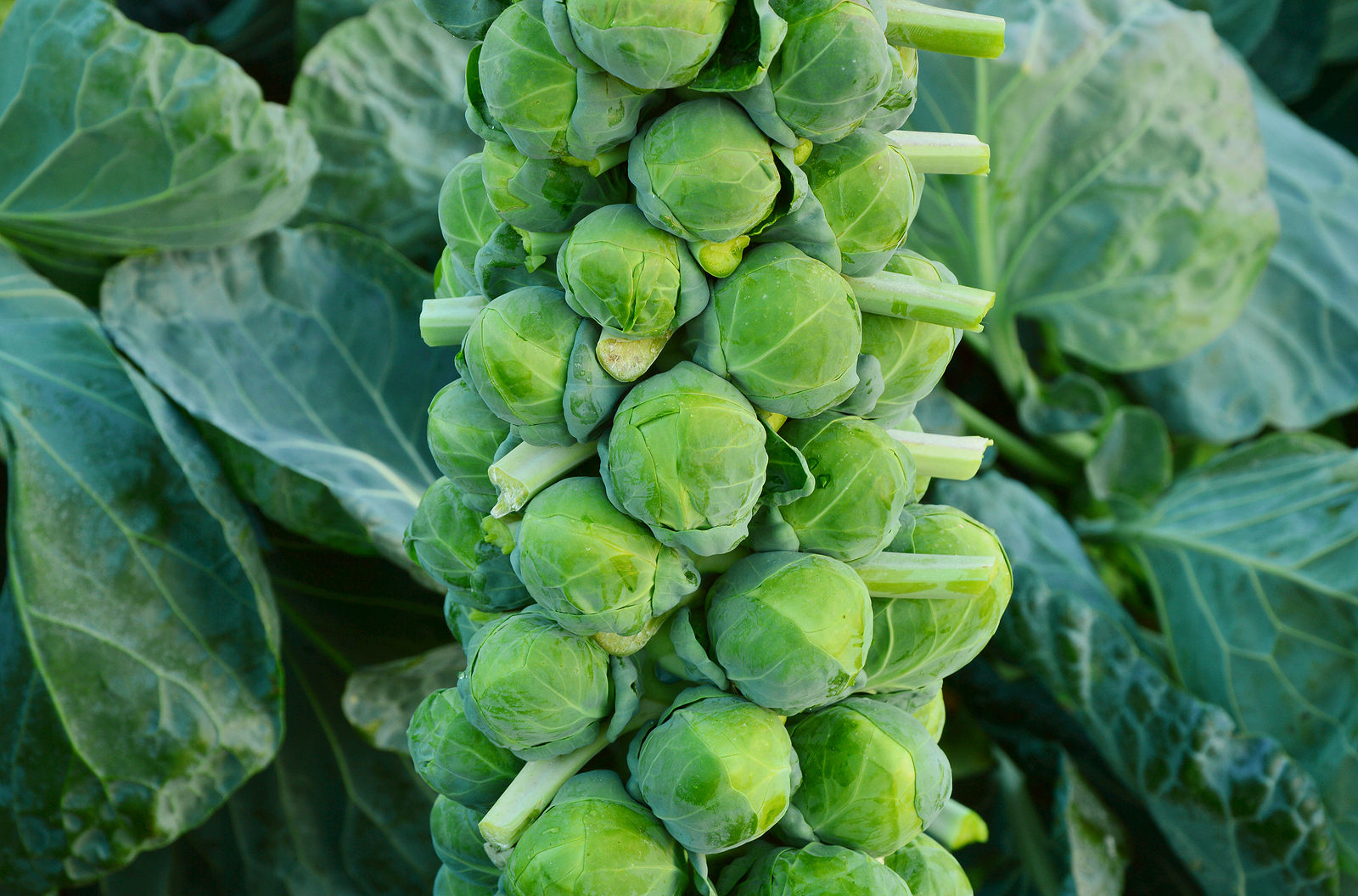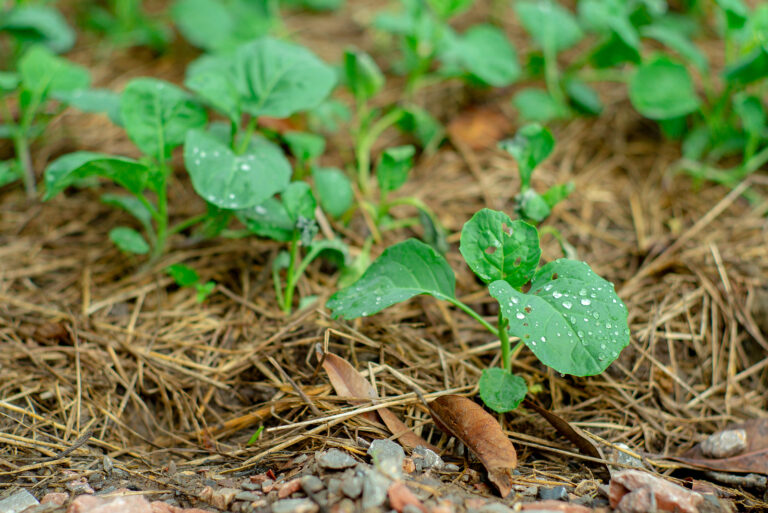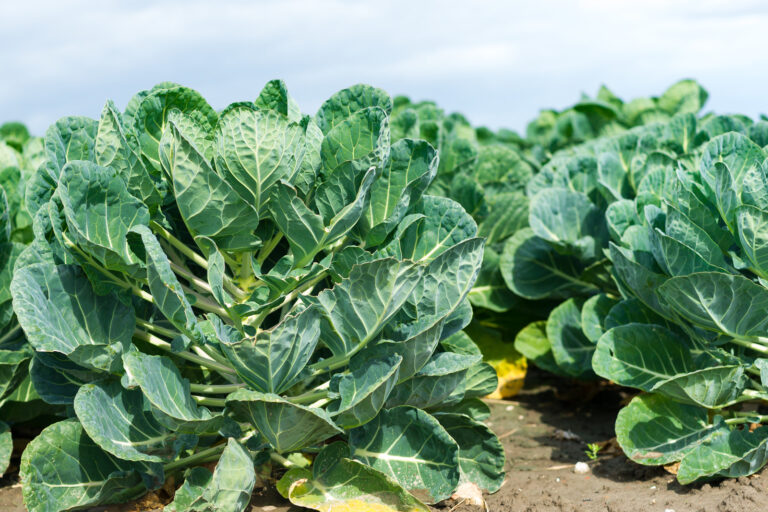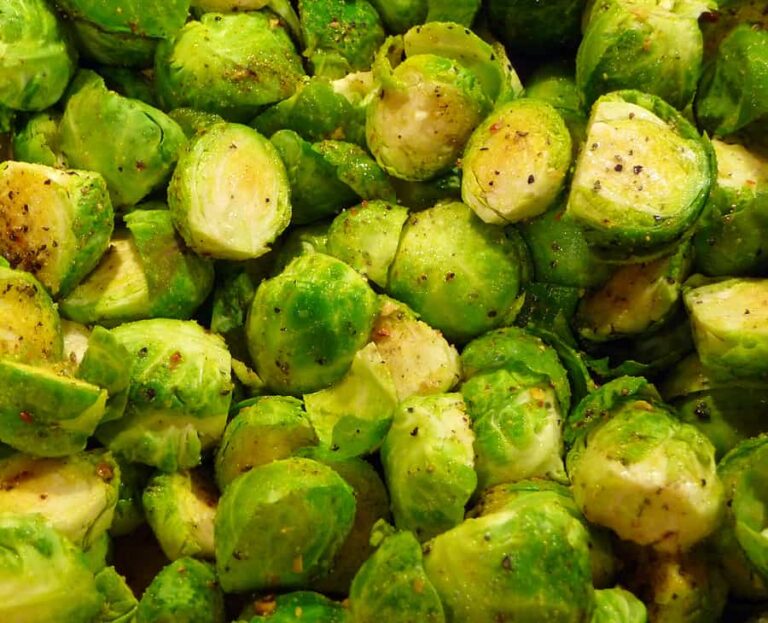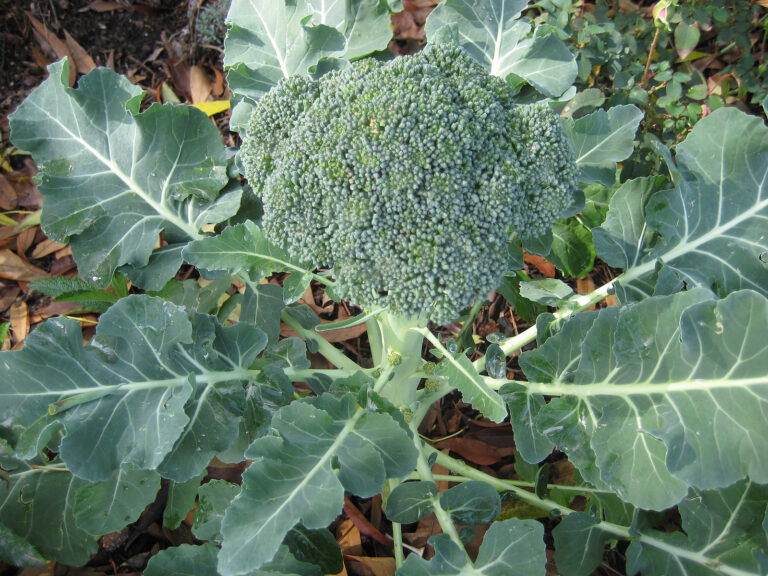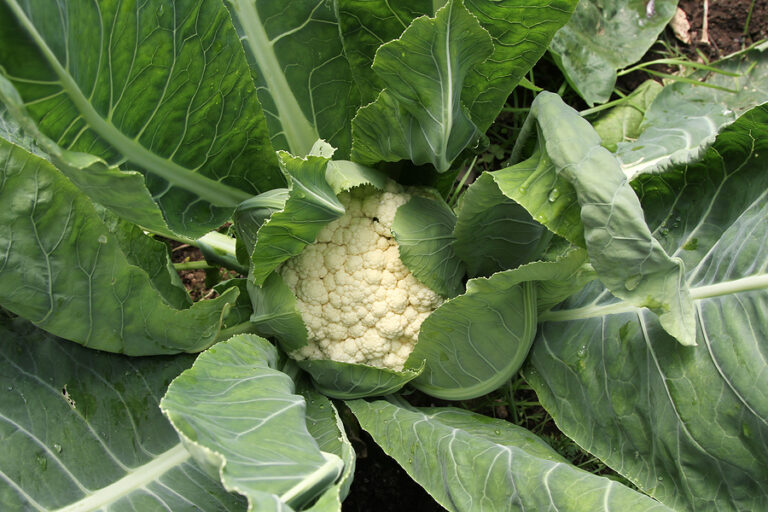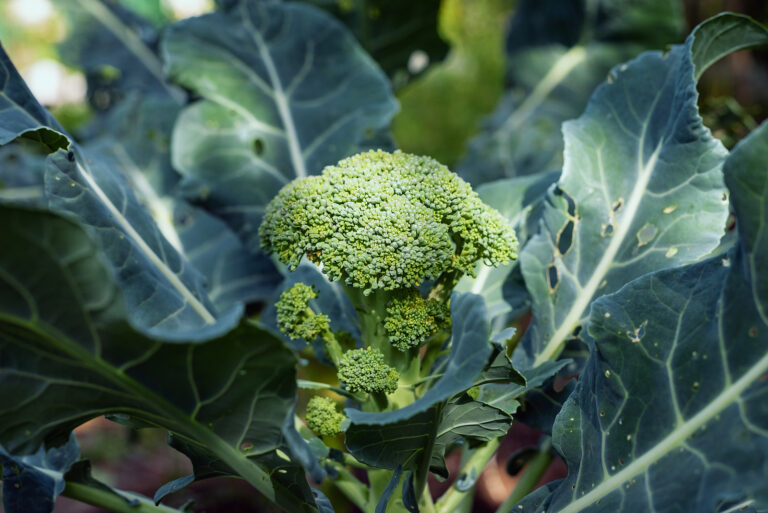How to Stimulate Brussels Sprouts Production: Tips for More Sprouts per Stem
Maximizing the number of Brussels sprouts per stem means better yields and a more rewarding harvest. Over 30 years of growing Brussels sprouts, I’ve learned that a few key cultural practices can significantly boost sprout count and size.
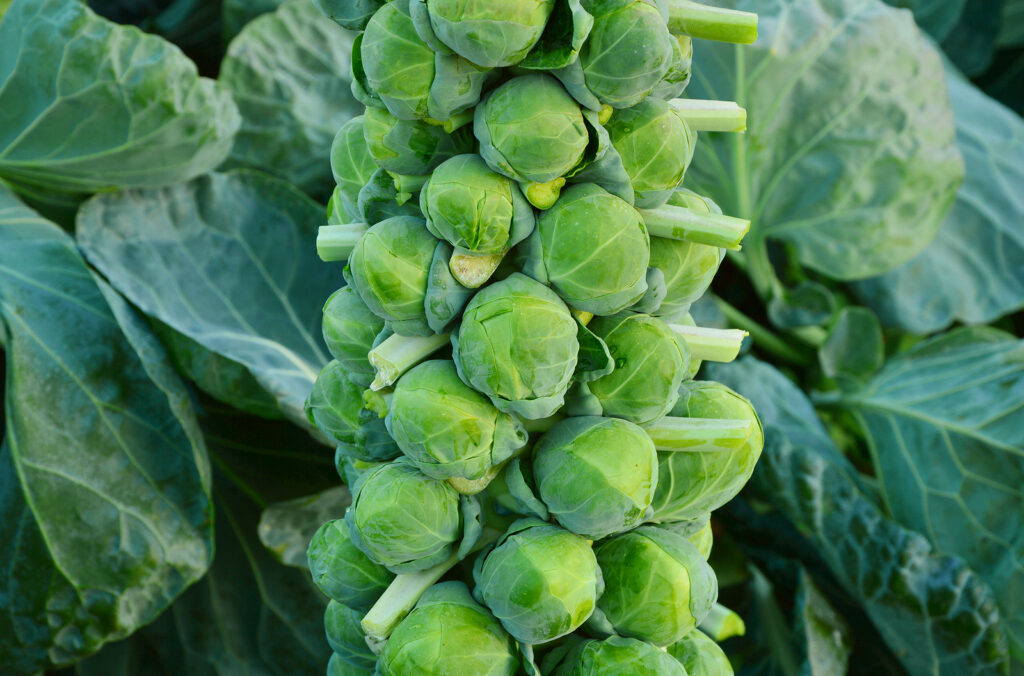
Choose the Right Variety
Start with varieties known for heavy production, such as:
- Diablo
- Jade Cross
- Long Island Improved
These have naturally higher sprout counts and better spacing on the stalk.
Provide Optimal Spacing
Give plants plenty of room—18 to 24 inches between plants—to encourage strong stalk development and allow sprouts to form evenly up the stem. Crowding reduces sprout size and number.
Consistent and Deep Watering
Brussels sprouts need steady moisture to support continuous sprout formation. Water deeply 1–2 times per week, especially during sprout development, to keep the plant energized.
Regular Feeding
Side-dress with nitrogen-rich fertilizers every 4 weeks during growth to encourage leafy stalks that support more sprouts. Avoid overfeeding late in the season to prevent excessive leaf growth.
Pinch and Prune for More Sprouts
Removing the top few inches of the main stem once the sprouts start forming can redirect energy to developing more sprouts lower down. Also, remove yellowing or damaged lower leaves to improve airflow and plant health.
Support Your Plants
Use stakes or cages to keep tall plants upright. Strong, upright stalks can bear more sprouts without bending or breaking.
My Experience Tip
In my garden, pinching the main stem tip increased sprout counts by 20–30% on average. It’s a simple step with big results.
Brussels Sprouts Production Boost Checklist
- Choose high-yield varieties: Diablo, Jade Cross, Long Island Improved
- Space plants properly: 18–24 inches apart for strong stalks
- Water deeply and consistently: 1–2 times per week, especially during sprout formation
- Side-dress regularly: Apply nitrogen-rich fertilizer every 4 weeks during active growth
- Pinch main stem tip: Remove top 2–3 inches once sprouts start forming to encourage more lower sprouts
- Prune lower leaves: Remove yellow or damaged leaves for better airflow and plant health
- Support plants: Stake or cage tall plants to prevent bending or breaking
- Monitor plant health: Check regularly for pests or diseases and treat promptly
Brussels Sprouts Growing Hub
🥦 The Ultimate Brussels Sprouts Growing Guide: From Seed to Harvest
🌱 Planting & Growing
- Brussels Sprouts Seed Starting Tips
- Getting seeds started indoors and outdoors and timing tips.
- When to Plant Brussels Sprouts for Fall and Winter Harvests
- Zone-specific planting schedules and timing tips.
- How to Grow Brussels Sprouts in Containers: Tips and Tricks
- Soil mix, container size, watering, and feeding specifics.
- How to Space Brussels Sprouts for Maximum Yield and Airflow
- Avoiding overcrowding to prevent disease.
- Succession Planting Brussels Sprouts for a Longer Harvest Season
- How to time plantings for continuous sprouts.
💧 Care & Maintenance
- How to Water Brussels Sprouts for Healthy Growth and Flavor
- Best watering practices to avoid stress and bolting.
- How to Fertilize Brussels Sprouts: Feeding for Big, Tasty Sprouts
- Timing and type of fertilizer recommendations.
- How to Stimulate Brussels Sprout Production: Tips for More Sprouts per Stem
- Pruning, feeding, and environmental strategies.
🐛 Pests & Diseases
- Common Brussels Sprouts Pests and Diseases and How to Control Them Naturally
- Cabbage worms, aphids, flea beetles, and integrated pest management.
🧺 Harvesting & Storage
- When and How to Harvest Brussels Sprouts for Best Flavor and Texture
- Signs of maturity and harvesting techniques.
- How to Harvest and Store Brussels Sprouts
- When to harvest and keeping sprouts fresh post-harvest.
🍽️ In the Kitchen
- Five Easy Ways to Cook and Serve Brussels Sprouts: Roasting, Sautéing, Steaming, and More
- Simple recipes and cooking methods.
🌱 Varieties & Seed Saving
- Best Brussels Sprouts Varieties for Flavor and Climate
- Early, mid-, and late-season varieties.

